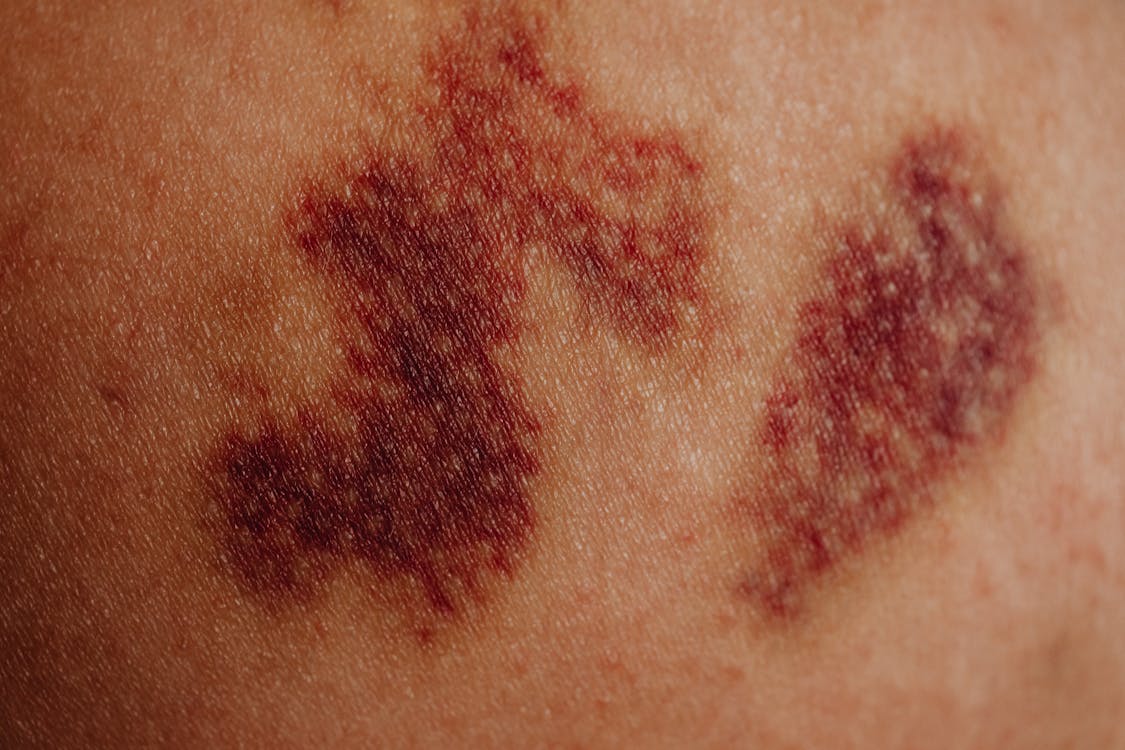A look at “Lupus disease a curable condition” Lupus disease is a chronic, autoimmune disease that can damage any part of the body (skin, joints, and/or organs inside the body).
Chronic means that the signs and symptoms tend to last longer than 6 weeks and often for many years.
Autoimmune means that the immune system, which is designed to protect the body from foreign invaders ( like bacteria, viruses, and parasites), instead attacks healthy tissue. Lupus disease is curable.
Table of Contents
What is lupus disease?
Lupus is a chronic autoimmune disease in which the body’s own immune system attacks healthy tissues. The most common form of lupus is systemic lupus erythematosus (SLE), which can affect any part of the body, including the joints, skin, kidneys, heart, and brain. Lupus can be difficult to diagnose because its symptoms mimic those of other diseases. There is no one test for lupus and the course of the disease varies from person to person.
Most people with lupus experience fatigue, joint pain, muscle aches and stiffness, rashes, headaches, and fever. Many also have problems with their eyesight. Some people with lupus will have periods of remission when their symptoms go away for a while and then come back. There is no cure for lupus but there are treatments that can help manage the symptoms and make the disease more manageable.
The different types of lupus
Lupus is a chronic autoimmune disease that can damage any part of the body. There are four different types of lupus:
1) Systemic Lupus Erythematosus (SLE): This is the most common type of lupus and can affect any part of the body. SLE can cause a wide range of symptoms, including fatigue, joint pain, hair loss, and rashes.
2) Cutaneous Lupus Erythematosus (CLE): CLE affects only the skin and typically causes rashes on the face, neck, scalp, and chest.
3) Drug-Induced Lupus Erythematosus (DIL): DIL is caused by certain medications and usually goes away once the medication is stopped.
4) Neonatal Lupus Erythematosus (NLE): NLE is a rare form of lupus that affects newborn babies. NLE can cause heart problems and a rash on the face that resembles a butterfly.
Causes of lupus disease
There is no one known cause of lupus disease, but there are a number of possible contributing factors. These include genetic predisposition, hormonal imbalance, environmental factors and certain medications.
Lupus disease is thought to develop when the body’s immune system becomes mis-regulated and begins to attack healthy tissue. This can be triggered by a number of different things, including viral or bacterial infections, exposure to ultraviolet light, or other environmental stressors. Lupus patients often have a family history of the condition, which suggests that genetics may play a role in its development.
Hormonal imbalance is another possible contributing factor to lupus disease. Women are affected by lupus far more often than men, and the condition often begins during puberty or pregnancy when hormone levels are fluctuating. Some studies have suggested that certain birth control pills may also trigger lupus disease in susceptible women.
Certain medications can also cause lupus disease, most notably drugs used to treat malaria. Hydroxychloroquine (Plaquenil) is one such medication that has been linked to lupus disease. People who have had long-term exposure to chlorinated water or other chemicals may also be at increased risk for developing lupus disease.
Symptoms of lupus disease
There is no single symptom that is diagnostic of lupus disease, as symptoms can vary and overlap with those of other conditions. However, certain symptoms are more commonly associated with lupus disease and may be used to help diagnose the condition.
These include:
• fatigue
• joint pain and stiffness
• skin rashes (especially butterfly-shaped rash on the face)
• photosensitivity (skin rash triggered by exposure to sunlight)
• hair loss
• Raynaud’s phenomenon (fingers or toes that turn white or blue in response to cold or stress)
• mouth ulcers
• kidney problems
How is lupus disease treated?
Lupus disease is a curable condition, but it must be managed carefully. There is no one-size-fits-all approach to treating lupus, and treatment depends on the severity of symptoms. In general, lupus is treated with a combination of medication and lifestyle changes.
Medications are the mainstay of lupus treatment, and can help control symptoms and prevent flares. Commonly used medications include antimalarials, corticosteroids, immunosuppressants, and biologics. Antimalarials are drugs that were originally developed to treat malaria, but have been found to be effective in treating lupus as well. Corticosteroids are powerful anti-inflammatory drugs that can be used to control severe flares. Immunosuppressants weaken the immune system to help prevent damage to the body’s organs (lupus is an autoimmune disease). Biologics are newer drugs that target specific parts of the immune system.
In addition to medication, lifestyle changes can also help manage lupus. Getting enough rest, exercise, and relaxation are important for managing stress and fatigue (common Lupus symptoms). Eating a healthy diet and avoiding triggers (such as sunlight) can also help lessen symptoms and flares.
Is there a cure for lupus disease?
There is no cure for lupus disease. However, there are treatments available that can help manage the symptoms and flare-ups associated with the condition. Lupus is a chronic autoimmune disease, which means that the immune system attacks healthy tissues and organs in the body. This can lead to inflammation, pain, and damage to various parts of the body. While there is no cure for lupus disease, working with a healthcare team to create a treatment plan can help people manage their symptoms and prevent further damage to the body.
FAQs
How can a person get lupus?
A person can get lupus by exposure to the sun, certain drugs, stress, smoking and lifestyle, or infections. Lupus can also be passed down from family members.
What is lupus life expectancy?
The life expectancy for people with lupus varies depending on the severity of the disease and how well it is controlled. That is, with close monitoring and treatment, 80-90% of lupus patients can expect to live a normal life. However, people with severe lupus may have a shorter life expectancy.
Does exercise make lupus worse?
It’s a common misconception that exercise can make lupus worse. In fact, regular exercise is an important part of managing lupus and can help reduce fatigue, improve joint pain, and prevent other lupus-related complications.That said, it’s important to talk to your doctor before starting or making any significant changes to your exercise routine. This is especially true if you have active disease or are experiencing a flare-up. Exercise can help reduce fatigue by improving sleep and increasing energy levels. It can also help improve joint pain by strengthening the muscles around the joints. And finally, exercise has been shown to help reduce the risk of other lupus-related complications, such as heart disease and osteoporosis.So, if you’re feeling up to it, don’t be afraid to get moving! Just be sure to check with your doctor first.
What should lupus patients avoid?
Lupus patients should avoid;
- Sun exposure: Lupus patients are particularly sensitive to sunlight, so it’s important to limit sun exposure as much as possible. Wear sunscreen and protective clothing when you do have to be in the sun, and try to stay in the shade as much as possible.
- Stress: Stress can trigger lupus flare-ups, so it’s important to find ways to manage stress effectively. Some stress-reducing techniques that may help include yoga, meditation, and deep breathing exercises.
- Fatigue: Fatigue is a common symptom of lupus, and it can be made worse by overexertion. Make sure to get enough rest and relaxation every day, and don’t push yourself too hard physically or mentally.
- Certain medications: Some medications can trigger or worsen lupus symptoms, so it’s important to talk to your doctor about which medications are safe for you to take. Non-steroidal anti-inflammatory drugs (NSAIDs) and certain antibiotics are generally not recommended for lupus patients.
Conclusion
There is currently no cure for lupus, however, with early diagnosis and proper management of the disease, most people with lupus can lead long, healthy lives. While there is still much unknown about lupus, research continues to provide new insights into the causes and potential treatments for the disease. If you or someone you know has been diagnosed with lupus, know that there is hope and help available.











